DIY SEO: Why Video Is Important, with Erin Preston
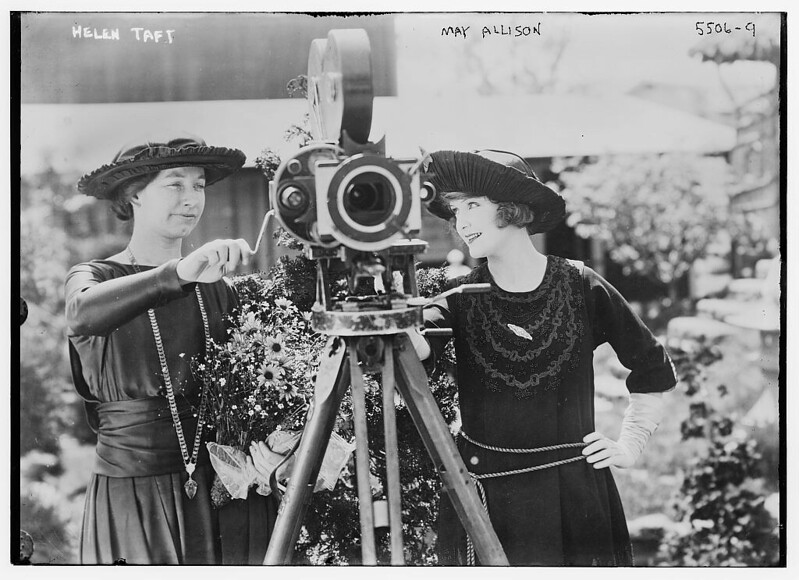
Natalie and Erin from Erin Preston Productions discuss why you should be making videos right now.
Watch the video below to see the whole interview, or read the revised transcript below.
Natalie: Hey everybody! I don’t know what week this is. Week 7,000 of COVID-19 / coronavirus social isolation? This week we have a special guest. I have Erin here from Erin Preston Productions and we’re going to talk about video and SEO.
I’m going to let Erin introduce herself and her company. I’ve known Erin for 20 years, and so I’m excited that she’s here to talk!
Erin: Hi! I’m Erin Preston, and I have a video production business called Erin Preston Productions, and we work with growing businesses, nonprofits, foundations, startups. We try to work with just about anyone we possibly can.
Most of our work, I would say, is promotional in nature. We do educational videos as well as videos for fundraisers, and then just general videos for people wanting to get the word out about themselves.
Why Video Is Good For SEO
Natalie: Let me talk a little bit first about why video is good for SEO. One of the very first posts we did in this series was about blogging for SEO, and I was saying that one good way to get content for a blog is to create a video, and when you create a video you can then transcribe it and use that in your blog (which is what I’m doing with this), so it’s a good way to create verbal content for your site because the actual words on your site are what attracts Google.
Google also has search results that are videos. You can get image search results, you can get website search results, but video search results are also huge. Depending on the search that someone makes, it might be that a video comes higher than any other result, so that’s why video is super important for SEO.
It’s also great for social media; Facebook loves video, so making sure that you have a video plan with your inbound marketing is crucial, and that’s why we’re talking about it today.
How to Create Your Own Video
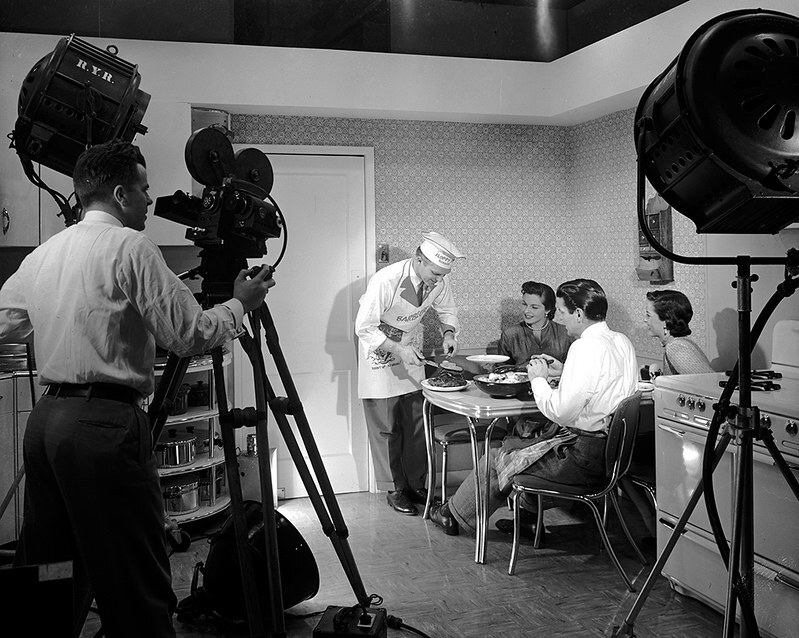
Erin, can you talk a little bit about how someone would take a video of themselves if they can’t, for whatever reason, hire a company right now? They know that they need to get something out there, but they don’t know how to take a video of themselves.
Erin: Actually, that was the first blog post I wrote for our website – how to make a video with your phone. I think it’s actually really beneficial if people do try to video themselves first, just to get a feeling of what it’s like to be filmed, and in front of the camera.
One thing that people need to be really aware of is people can watch crappy visuals, but they cannot listen to crappy audio, so you really want to be conscious of dogs barking, is there a helicopter, are you next to a refrigerator, is a fan going, are you next to a blowing heater or air conditioning, something like that?
Nowadays a lot of us can just record ourselves directly from our computer. The blog post I wrote is actually how to do it with your phone, just because it gives you a little bit more mobility. I’m working right now on a desktop, so I clearly don’t want to be picking it up and moving it around unnecessarily.
Make sure you have some good lighting. Behind the computer is a window. I’m not too close to it, so I’m not blown out, but anytime the light source is behind you then you’re going to be backlit, so people can’t see your face.
If you’re going to take the time and effort to video yourself, show your face, unless you’re trying to do something else.
Also, don’t have the camera pointing up at your face, you know, from where you’re really showing your chin. Put it up a little bit higher, and tilt it down.
As far as content goes, people just love authenticity, and hearing what someone actually has to say. Don’t overthink it. Record and just kind of let it go and put it out into the world.
What Technology Do You Need for Creating a Video?
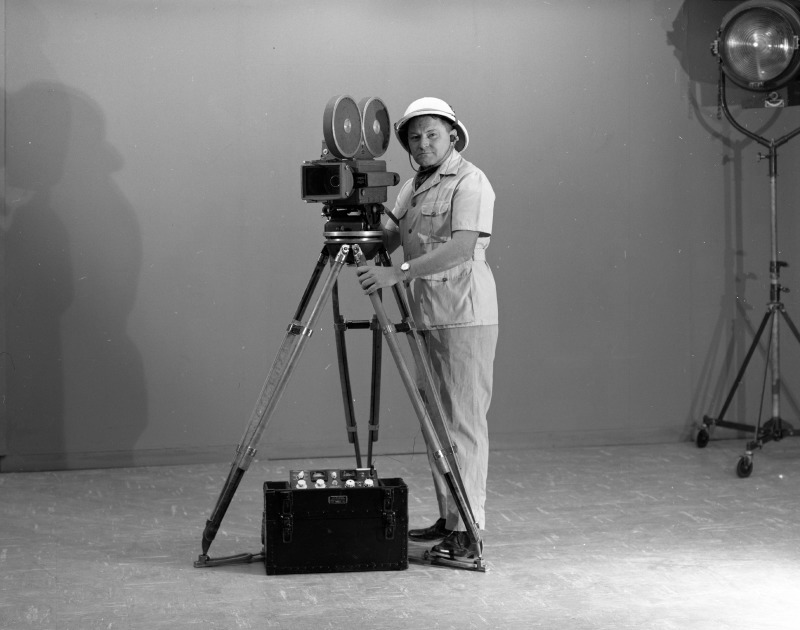
Natalie: Do all the operating systems, that you know of, have apps? I know for Mac I use Photobooth, which is the built-in app for Mac. Do you know of other ones that you can think of?
The post that you wrote was about taking video with your phone, but in terms of doing it on a laptop or a desktop, do you recommend just using whatever is native to that operating system or are there web apps that you’d recommend using?
Erin: You can even record yourself on Zoom. You can use QuickTime; I think most computers these days come with QuickTime. Maybe in Google Hangouts?
Otherwise if you’re doing it with your phone you just use the camera app.
What Should Your Video Be About?
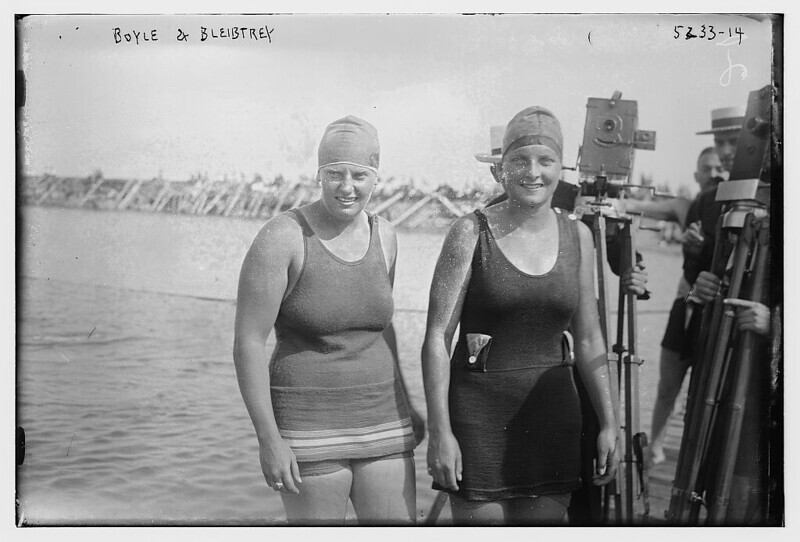
Natalie: You kind of touched on this – what to talk or what the content should be, and you were saying that authenticity is really important.
What do you recommend that business owners or people who work for nonprofits or small organizations – what should they be talking about?
What would you say that somebody should talk about right now, if they can’t be at their business right now due to COVID-19, what should they be saying to people?
Erin: That’s a tricky question. I think it’s really specific to what you want people to know about your company or about your product, or about events that have been cancelled due to this, and what they’re doing about it.
I’ve seen some really funny things on Zoom where small companies are passing something along; you can edit it together. There was one with people passing their pets on to the next person. I think that people are getting kind of creative. I didn’t know much about TikTok and now I’m really into it!
I think it’s really about deciding the mood you want to share. For some people it’s very serious, for some it’s much more jovial, for some it’s just like, “hey we’re still here and this is what we’re doing!”
I would actually ask you that question, since you’re a marketing company. If you were going to tell people what to do in a video, what would you recommend?
Natalie: We wrote a blog post several years ago about what to blog about, and this applies to video as well. We tell people to talk about an event they went to, or in this case maybe attended online.
We tell them to talk about a problem that they solved. Often I’ll be searching for an answer to a problem, and I won’t find it, so I’ll figure it out, and then I’ll write a blog post about it because someone else will want to know this at some point, even if it’s just one other person like me.
You can also blog about something interesting that you read or watched. You can interview somebody – another staff member, interviewing your founder, interviewing someone who benefits from your services if you’re a non-profit.
Erin: I did try to start getting something going where I was starting to ask other small business owners, or just people in general, what is something that’s motivating you to get up and get going in the morning these days.
Two weeks ago people were feeling quite heavy, so it was interesting to ask “what are some of the things you’re doing?” And it was so interesting to see the response.
I think some of it could just be like, what are people doing right now just to stay busy and stay positive, and if you are super busy with work still, what are you doing once your work day ends? Do you still feel like you have some sort of normalcy? what’s keeping you going right now?
One colleague loves Zumba so she takes an online Zumba class. I’m very lucky and have access to nature just right down the street, and there’s this tree I like to go sit under when I walk my dog. For some reason it just makes me happy.
So I think that some of that too could be content as a way to check in and say hi to people.
Natalie: I think that’s actually really important. Not all of your video or even a majority of it should be promotional. Not like “buy my product!”
Sharing who you actually are is really an important way to build trust and to connect with people. You see that on social media so much. When people are just trying to sell their products no one really wants to interact, but when you show who you are and not try to fake it but just talk about that tree that you love, or talk about the weird game you played with your kid, or whatever it is. That can be a great way to connect with people, so I think that’s a really important point.
Common Questions and Misconceptions about Video for the Web
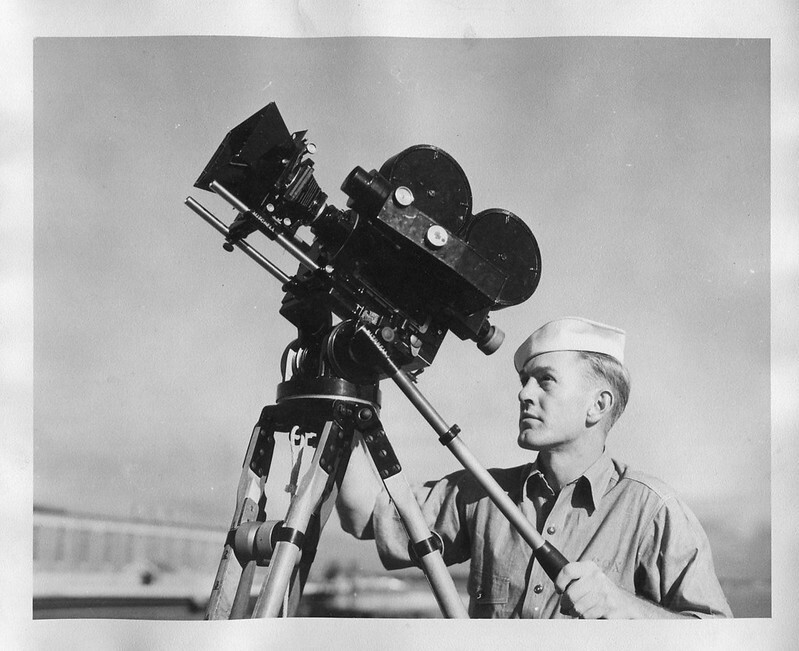
Also, I wanted to ask you if there are any sort of misconceptions that people have about video for the web, or are there ways that video has changed over the years that people might not know unless they’re in internet marketing or in video? Or are there common questions that people have about video?
Erin: I think the stats are something like almost 80% of all Internet traffic is video based now, so it’s huge. Don’t quote me on that [she’s right!] but I know it’s high, and every year it only gets higher.
Sure, there’s absolutely a reason to work with production company, like the amount of time it’s going to save. Some people try to make their own videos and it just takes a lot of time.
I sent out an email recently and it was just a video of me talking and being like “here’s some snippets.” Sometimes if you do it this way you can also just save time, instead of writing something down, like you said.
We’ve done that for clients, where we record them and then transcribe it, and turn it into content. It’s also something you can just post on a blog just introducing the video. I think that’s also something that people can do to get something out quickly. Again, if you don’t overthink it.
In stats that we’ve seen from marketing companies we work with, video almost always ranks higher than any other content.
Natalie: I like reading and maybe I’m just sort of old school like that, so sometimes I don’t think about how much people are consuming video, but I see my kid, who’s almost 11, and pretty much like you said so many people out there prefer video, and it didn’t used to be that way. It was an accessory but not necessarily the main content, and I think now it’s changing.
Erin: Yeah, and it is something that you can listen to it if you’re baking bread, have it in the background, so it does have that visual and audio component to it. If it has subtitles then people can read it while they’re listening to something else. So I think it just has a lot of potential to reach so many people, whether you like it visually or auditorily.
YouTube, Vimeo, or Both?
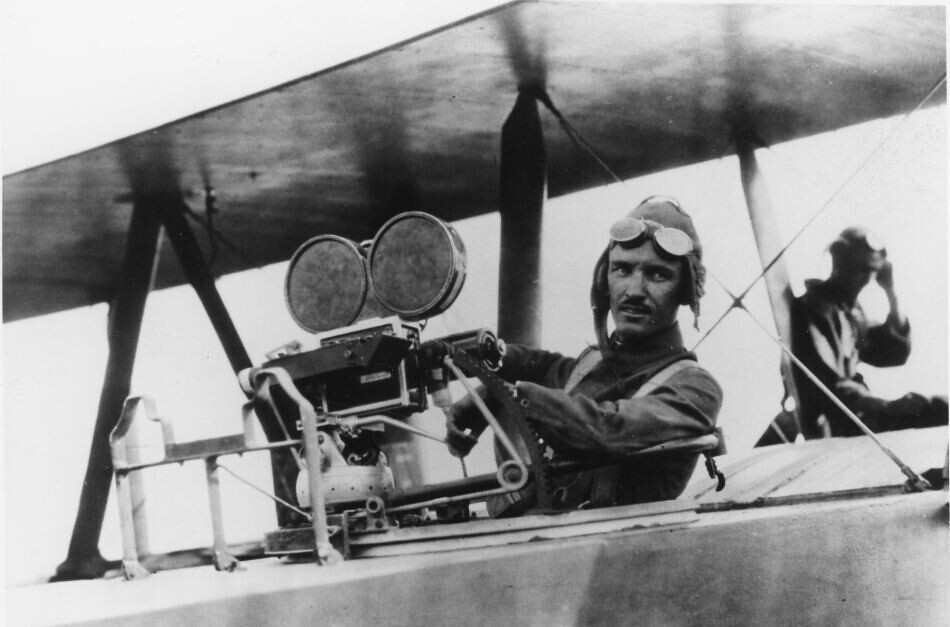 Natalie: What would you say, from your perspective and then I’ll talk from my perspective, are the biggest differences between Vimeo and YouTube? I know some people prefer one, and I was wondering why you recommend one over the other, or why both are good?
Natalie: What would you say, from your perspective and then I’ll talk from my perspective, are the biggest differences between Vimeo and YouTube? I know some people prefer one, and I was wondering why you recommend one over the other, or why both are good?
Erin: I prefer Vimeo over YouTube because I think the quality is better. I hope it doesn’t come out the wrong way, but I feel like people who take themselves a little bit more seriously might use Vimeo as well, due to the quality and the content that you can find on there.
However, YouTube, which is owned by Google, is the second largest search engine, so it’s probably beneficial to put things on both platforms.
It could also depend on what you’re using it for. I will say that the video I made recently for the blog (it was our two-year anniversary), I hosted it on YouTube, and from YouTube’s platform itself it got a bunch of likes.
I feel like YouTube’s a little bit like that: people are liking and commenting. That’s not to say it isn’t like that on Vimeo at all, but it’s…I don’t feel like you hear about “Vimeo stars.”
Natalie: In addition to YouTube being one of the biggest search engines it’s also one of the fastest growing social networks, like Facebook or Instagram or TikTok.
From that perspective it’s really powerful to reach a lot of people, and, like I mentioned before, from a search perspective a lot of video will come up in search results.
Vimeo videos do come up, but it seems like YouTube might come up more often. Google continues to try to keep more and more traffic for itself, so from an SEO perspective, you should definitely have it on YouTube, but from a quality perspective obviously Vimeo is much prettier.
Do you think it’s important for someone to be on every platform with their video?
Erin: Again, I think that it just depends on what you’re trying to do with the content. One thing that is also great about YouTube is that you can do some editing to the video just right on that platform, so I would maybe start with YouTube.
I’m kind of old school and get a little stuck in the things that I like, and so I just use Vimeo more than YouTube, but I sometimes question if that’s a good idea.
But again, the purpose is important. If you’re trying to get a bunch of traffic, or if you’re just trying to communicate a message to some people, or if you’re just trying to put something pretty on your website you, it really all depends on what you’re doing.
If you use Gmail for your email too, then you can put a link in your signature, and that means the video is at the bottom of the email, so you don’t even have to go to YouTube. You click on it and you’re still in your email.
How Professional Video Companies Can Help
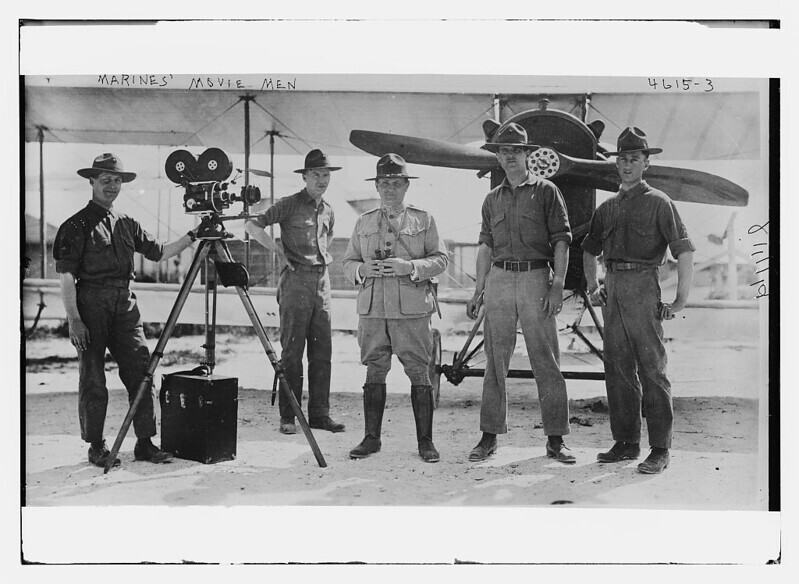 Natalie: To wrap things up, what do you want people to know about the video stuff you offer? Or if I needed help with video, and I didn’t want to do it myself, or I realized (as I have realized lately), just how time-consuming and exhausting it could be to do it myself, what does Erin Preston Productions offer?
Natalie: To wrap things up, what do you want people to know about the video stuff you offer? Or if I needed help with video, and I didn’t want to do it myself, or I realized (as I have realized lately), just how time-consuming and exhausting it could be to do it myself, what does Erin Preston Productions offer?
You’ve mentioned it a little bit in the beginning, but if you could just talk about what you do.
Erin: Again it depends on what it is you’re really trying to do, what audience you’re speaking to, and what content we really think will hopefully capture their attention.
I think what is great about video is it inspires people to take action, so how do we want to have people take action? Is that from you telling your personal story? Is it a really complex system, so let’s use animation because that’s going to be the best way to tell the story?
We recently did a video where an organization involved in travel, and as much as we would love to travel to 20 different countries to get content, we were able to use stock footage with some text and voiceover and things like that.
We’re also doing two online courses this year. A lot of people are noticing that instead of traveling around all the time they could put everything online in a well-produced, thoughtful way.
We just helped a couple guys do a video for a Shark Tank pitch, we have a couple nonprofit fundraising ideas that will be shown at fundraisers, etc. We want to know what the goal is, and then we figure out how we’re going to get there.
One thing I didn’t say earlier about the benefit in video: I recently ran into a client and I asked how the video was performing, and she’s said “it’s great! People watch the video and they book an appointment,” and I was like “oh good! It’s working!” Through the video we were educating people about what they need to know and hopefully inspiring them to take the action that the client really wants their clientele to take or share.
And sometimes it’s not just about buying something, it’s about advocacy and referrals and sharing. “Hey, I saw this thing; maybe it could work for you.” It’s not that every person that watches a video is going to become a client, but maybe that engagement helps spread the word.
We’ve done so many different sorts of projects, and my background is in international development, so the very first video I ever did was for Catholic Relief Services in Ethiopia. We recently worked for a health foundation in Guatemala. We loved really being able to tell the stories of people who are just having a positive impact in people’s lives.
I think most people hopefully, and maybe I’m an optimist, are trying to have a positive impact on people’s lives and video can help spread that word.
Natalie: If someone wants to contact you, what’s the best way to do so?
Erin: Just send me an email contact@erinprestonproductions.com or give me a call 303-547-0555.
I would imagine marketing’s like this: it all just starts with a conversation to figure out what’s going to work best because I think every project and every client is specific and unique in what they need.
How many of your clients use video?
Natalie: Everybody. Whether it’s polished, professional stuff or just really simple.
I have a nonprofit client right now and one of their members is creating these great workout videos at home. She’s just setting up her computer and leading a workout from her house, and then we’re posting on YouTube for them.
Pretty much everybody uses video; I can’t think of any client where we don’t incorporate videos somehow. For social media especially it’s super important to have video be part of that, whether or not it’s professional.
Ideally it’s a mix of really nicely done, professional stuff, and then kind of authentic showing their world type of things.
Erin: One thing I do try to tell people about what’s great about video is that in some ways it’s like cloning yourself. You can get in front of a lot more people with video than you can just on your own on a day-to-day basis, and so I think that’s something to think about.
If you’re being authentic, then I think people can really connect to that. Or they won’t! And that’ll save everyone time.
All images of film cameras (I know, that’s not video) are courtesy of the public domain, via Flickr.
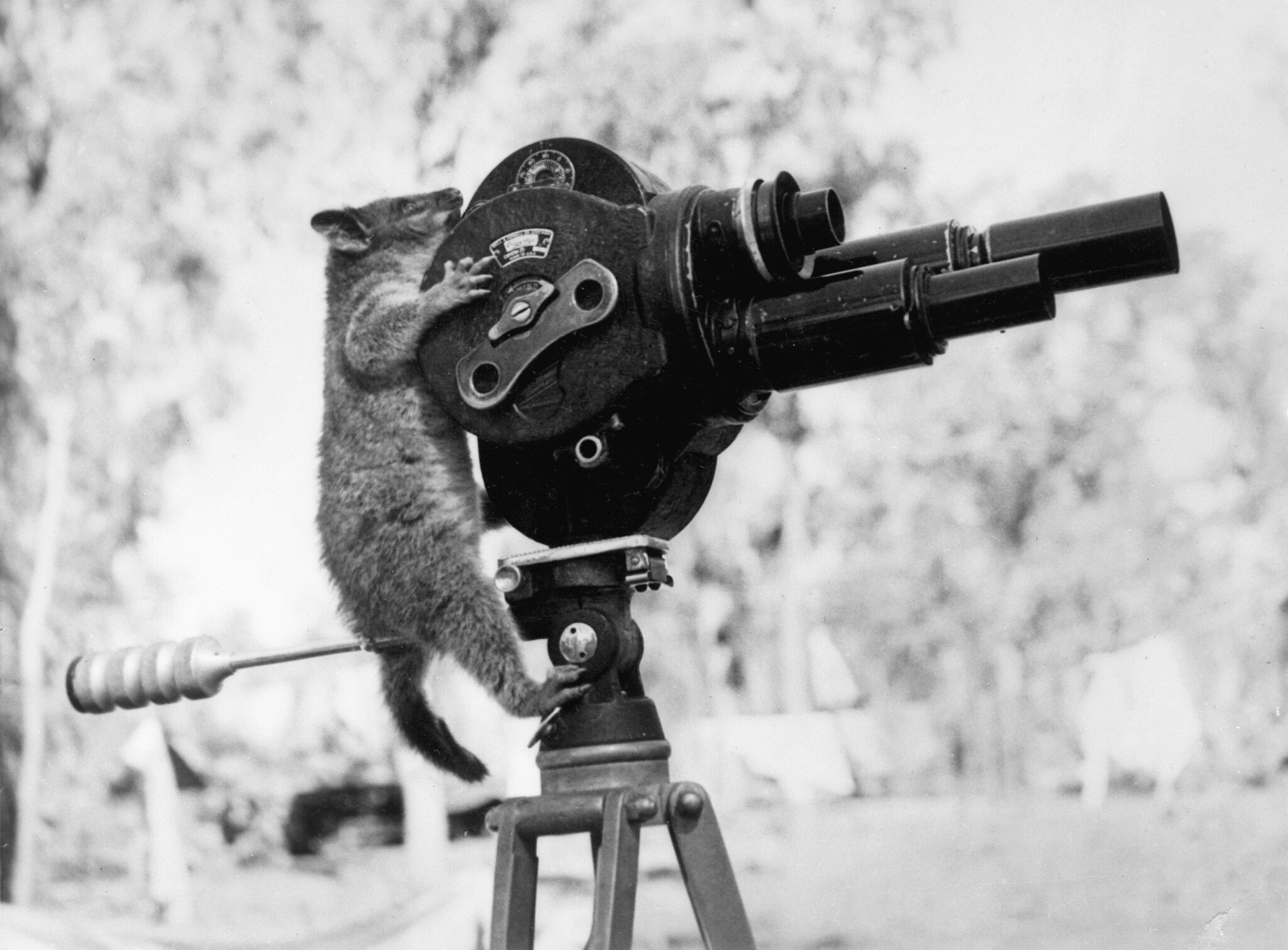
Have something to say?